I spent my second full day in Lhasa visiting the two biggest Buddhist monasteries on the city's outskirts. Drepung and Sera are two of the six main monasteries of the Gelugpa (yellow hat) sect of Tibetan Buddhism. A third of the six, Ganden Monastery, is a somewhat further out from Lhasa on not on my itinerary. I don’t fully understand the different hat sects in Tibetan Buddhism, but as well as yellow hats there are black hat and red hat sects with other names and other monasteries.
Drepung is said to have once been the world’s largest monastery with 11,000 resident monks at one point
. It pretty much escaped destruction by the Red Guards in the Cultural Revolution so remains mostly intact and nowadays has about 600 resident monks. Similar to the other big monasteries I visited, Drepung is huge. The picture fees were relatively low at Drepung and monks rather lackadaisical about collecting them, so I have far more building interior pictures than at the other monasteries. Drepung is built on a hillside several miles outside of Lhasa and requires a guide to visit so turned out to also be very untouristly.
In the afternoon as a group we took a public bus to Sera Monastery. Normally such an outing on the tour that’s paid for by "kitty" would be on the truck, but in this case getting Sura into and out of the Yak Hotel’s parking courtyard was too much of a challenge to bother with for a short side trip. Sera also has about 600 resident monks, down from over 5,000 before the Chinese invasion.
Sera is well on the tourist circuit and is known for monk’s debate time every afternoon which is open to the public. A large group of monks gather in the courtyard outside the assembly hall and debate each other on theological questions. “What are they debating about?” I wondered. Is it how many angels can dance on the top of the head of a pin? Or are they debating whether Tibet has or has not always been a part of China? The debating is accompanied by a lot of hand slaps and smacks which apparently indicate whether the novice answered the quiz question correctly or not. At times the debates looked quite heated. Then the debating suddenly stopped, and the monks sat down in facing rows and some small circles for prayer time with reading and chanting.
Lhasa Environs - Drepung and Sera Monasteries
Monday, May 26, 2014
 Lhasa, Tibet Autonomous Region, China
Lhasa, Tibet Autonomous Region, China
Other Entries
-
75Annapurna Trek III - Medieval Upper Pisang
Apr 1442 days prior Upper Pisang, Nepalphoto_camera102videocam 0comment 0
Upper Pisang, Nepalphoto_camera102videocam 0comment 0 -
76Annapurna Trek IV - High Road to Manang
Apr 1541 days prior Manang, Nepalphoto_camera155videocam 0comment 0
Manang, Nepalphoto_camera155videocam 0comment 0 -
77Annapurna Trek V - Acclimatization Around Manang
Apr 1739 days prior Manang, Nepalphoto_camera110videocam 0comment 0
Manang, Nepalphoto_camera110videocam 0comment 0 -
78Annapurna Trek VI - Towards the Thorung La
Apr 1937 days prior Manang, Nepalphoto_camera84videocam 0comment 0
Manang, Nepalphoto_camera84videocam 0comment 0 -
79Annapurna Trek VII - Crossing the Thorung La
Apr 2036 days prior Muktinath, Nepalphoto_camera93videocam 0comment 0
Muktinath, Nepalphoto_camera93videocam 0comment 0 -
80Annapurna Trek VIII - Upper Kali Gandaki Valley
Apr 2234 days prior Jomsom, Nepalphoto_camera98videocam 0comment 0
Jomsom, Nepalphoto_camera98videocam 0comment 0 -
81Annapurna Trek IX - Lower Kali Gandaki Valley
Apr 2432 days prior Tatopani, Nepalphoto_camera88videocam 0comment 0
Tatopani, Nepalphoto_camera88videocam 0comment 0 -
82Annapurna Trek X - Over Poon Hill
Apr 2729 days prior Ghorepani, Nepalphoto_camera59videocam 0comment 0
Ghorepani, Nepalphoto_camera59videocam 0comment 0 -
83Pokhara - Lakeside Trek Recovery
May 0224 days prior Pokhara, Nepalphoto_camera41videocam 0comment 0
Pokhara, Nepalphoto_camera41videocam 0comment 0 -
84Last Resort - The Journey to Tibet Begins
May 1313 days prior Kodari, Nepalphoto_camera31videocam 0comment 0
Kodari, Nepalphoto_camera31videocam 0comment 0 -
85Entering Tibet - Climbing to the Roof of the World
May 179 days prior Tingri, Chinaphoto_camera67videocam 0comment 0
Tingri, Chinaphoto_camera67videocam 0comment 0 -
86Everest Base Camp - Top of the World
May 197 days prior Everest Base Camp, Chinaphoto_camera70videocam 0comment 0
Everest Base Camp, Chinaphoto_camera70videocam 0comment 0 -
87To Everest Base Camp and Back
May 206 days prior Lhatse, Chinaphoto_camera61videocam 0comment 0
Lhatse, Chinaphoto_camera61videocam 0comment 0 -
88Shigatse - Monastery of the Panchen Lama
May 224 days prior Shigatse, Chinaphoto_camera120videocam 0comment 0
Shigatse, Chinaphoto_camera120videocam 0comment 0 -
89Gyangze - Hilltop Fortress and Monasteries
May 233 days prior Gyangze, Chinaphoto_camera62videocam 0comment 0
Gyangze, Chinaphoto_camera62videocam 0comment 0 -
90The Road to Lhasa
May 242 days prior Lungsang La, Chinaphoto_camera47videocam 0comment 0
Lungsang La, Chinaphoto_camera47videocam 0comment 0 -
91Lhasa - Capital of the Tibetan World
May 251 day prior Lhasa, Chinaphoto_camera128videocam 0comment 0
Lhasa, Chinaphoto_camera128videocam 0comment 0 -
92Lhasa Environs - Drepung and Sera Monasteries
May 26 Lhasa, Chinaphoto_camera78videocam 0comment 0
Lhasa, Chinaphoto_camera78videocam 0comment 0 -
93Three Days Crossing the Roof of the World
May 282 days later Amdo, Chinaphoto_camera90videocam 0comment 0
Amdo, Chinaphoto_camera90videocam 0comment 0 -
94Crossing Qinghai - The High Road to China
May 315 days later Qinghai Hu, Chinaphoto_camera68videocam 0comment 0
Qinghai Hu, Chinaphoto_camera68videocam 0comment 0 -
95Lanzhou - Gigantic Capital of Gansu Province
Jun 027 days later Lanzhou, Chinaphoto_camera75videocam 0comment 0
Lanzhou, Chinaphoto_camera75videocam 0comment 0 -
96Xiahe - Home of the Tibetan Labrang Monastery
Jun 049 days later Xiahe, Chinaphoto_camera82videocam 0comment 0
Xiahe, Chinaphoto_camera82videocam 0comment 0 -
97Bingling Si - Ancient Buddhist Cave Art
Jun 0611 days later Liujiaxia, Chinaphoto_camera35videocam 0comment 0
Liujiaxia, Chinaphoto_camera35videocam 0comment 0 -
98The Road to Xian
Jun 0712 days later Pingliang, Chinaphoto_camera37videocam 0comment 0
Pingliang, Chinaphoto_camera37videocam 0comment 0 -
99Xian - Terracotta Warrior Army
Jun 0914 days later Lantian County, Chinaphoto_camera72videocam 0comment 0
Lantian County, Chinaphoto_camera72videocam 0comment 0 -
100Xian - Modern Day Chang'An
Jun 1015 days later Xi'an, Chinaphoto_camera108videocam 0comment 0
Xi'an, Chinaphoto_camera108videocam 0comment 0

 Lhasa, Tibet Autonomous Region, China
Lhasa, Tibet Autonomous Region, China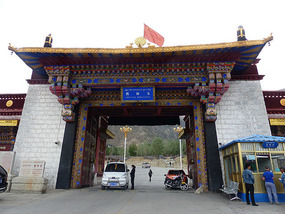




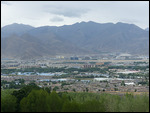
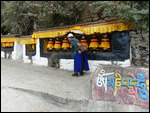
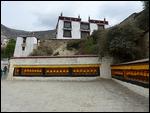

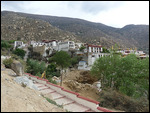
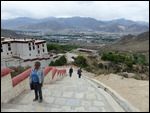
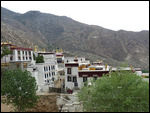
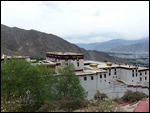
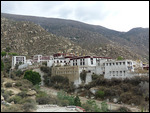
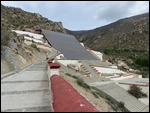
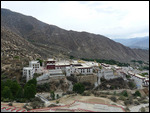
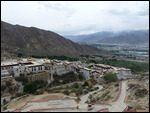

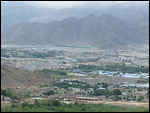
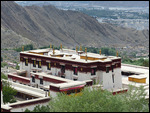
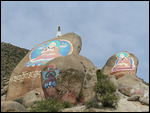
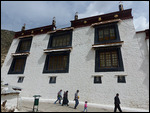
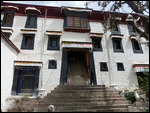
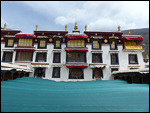
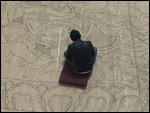
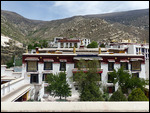
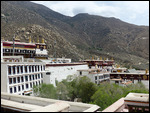
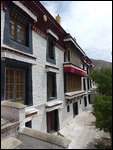
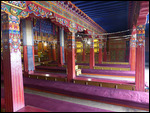
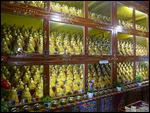
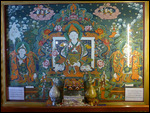
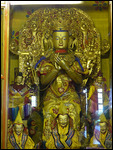

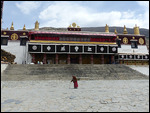
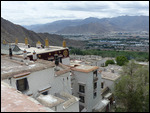
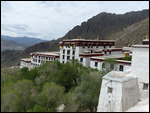
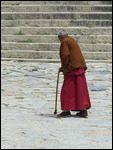
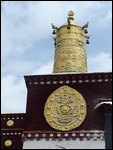
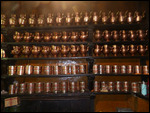
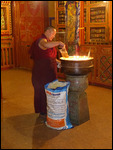
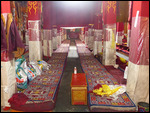
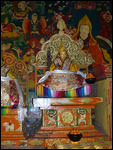
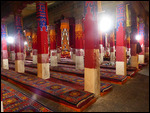
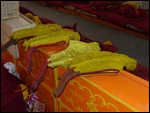
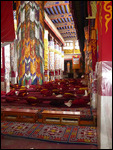

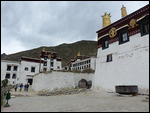
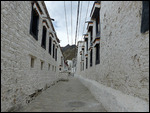
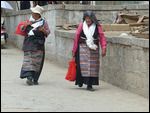
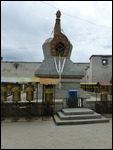
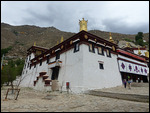

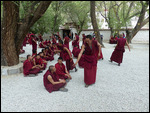

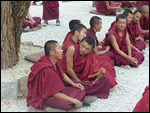

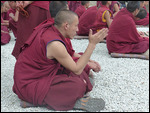
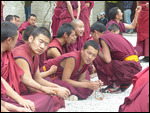

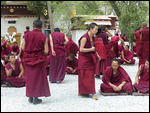

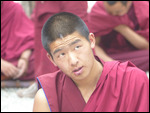
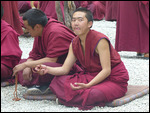
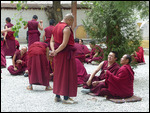
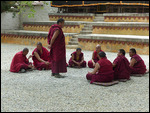
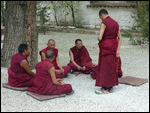
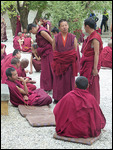
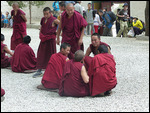
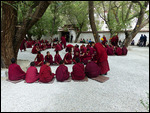
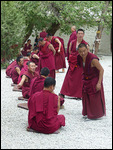
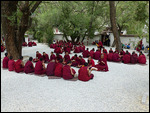

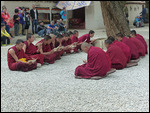
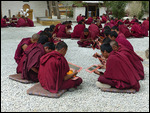
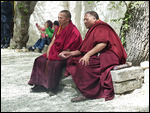
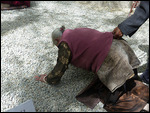
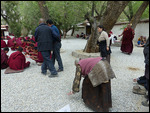
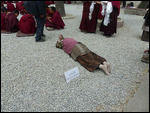
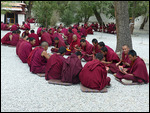
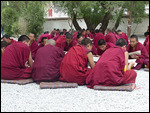
2025-05-22